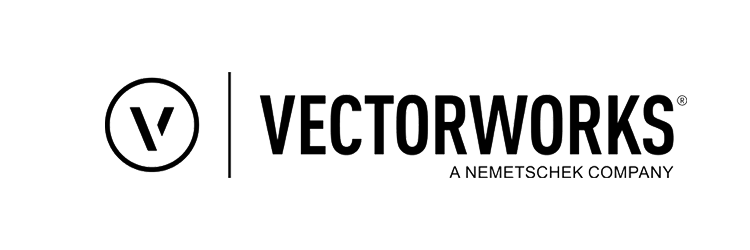Embodied Carbon Update – Emerging Tools & Strategies
Earn 1 AIA HSW LU.
While reducing the operational carbon impacts of structures is important, focus has turned to the impacts of material choices and construction itself – the embodied carbon of a building from extraction, processing, and assembly of materials. This is especially important given progress towards lower carbon intensity of our grid-supplied electricity. An all-electric, grid-harmonized building will have low operational carbon emissions, thus increasing the need to focus on embodied carbon.
The AIA 2030 Commitment’s Design Data Exchange (DDx) is in its fourth year recording embodied carbon impacts. In this session, David Arkin, AIA outlines the basics of embodied carbon, discusses materials that have low embodied carbon or store carbon, and introduces a range of tools for measuring your project’s kilograms of CO2 emitted per meter squared. Examples of carbon storing materials and the range of tools available for measuring embodied carbon will be shared.
Learning Objectives
- Understand the basics of embodied carbon, and how low carbon and carbon storing materials compare with others (e.g., concrete, steel, plastics) based on the Carbon Smart Materials Palette.
- Gain a better understanding of the Earth’s five natural carbon sinks—and the potential of buildings to become the sixth.
- Review some project carbon budgets using the BEAM Estimator and Vectorworks calculator tools, and how these compare with Tally, EC3, Cove Tool, and other calculators.
- Be able to name some of the benefits of working with rapidly renewable photosynthetic materials, particularly straw, bamboo, hemp, cork and others.





